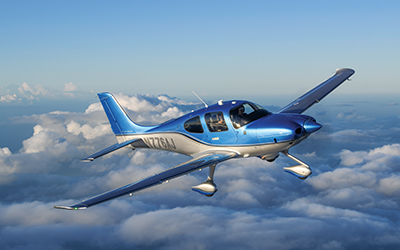Image Credit:
Cirrus Aircraft

Commercial helicopters and airplanes are flown and controlled by airline pilots. The Bureau of Labor Statistics predicts that until 2030, there will be a faster-than-average increase in job openings for airline pilots. A bachelor's degree, flying training, prior experience as a civilian or combat pilot, and particular licenses and certifications from the Federal Aviation Administration are often requirements for becoming an airline pilot.
A bachelor's degree is usually required for airline pilots, and they must successfully finish their flight drills with independent, FAA-certified trainers or at flight training facilities. A two- or four-year aviation program may include pilot training from colleges and institutions.
Freshly recruited airline pilots must complete on-the-job training that complies with federal rules, which includes several weeks of flight and ground school. Additionally, airline pilots are required to maintain their training, possess knowledge of certain maneuvers and procedures, and undergo routine physicals.
The following FAA certifications and ratings are commonly obtained by airline pilots in the following order:
These certifications are like the educational career students embark on, starting from elementary school to college. A pilot gains exposure and experience as they move through the ranks, acquiring one certification after the other.
Aviation training requires a mix of education, training
If you are looking for a reliable pilot school, get in touch with Elevate Aviation today.